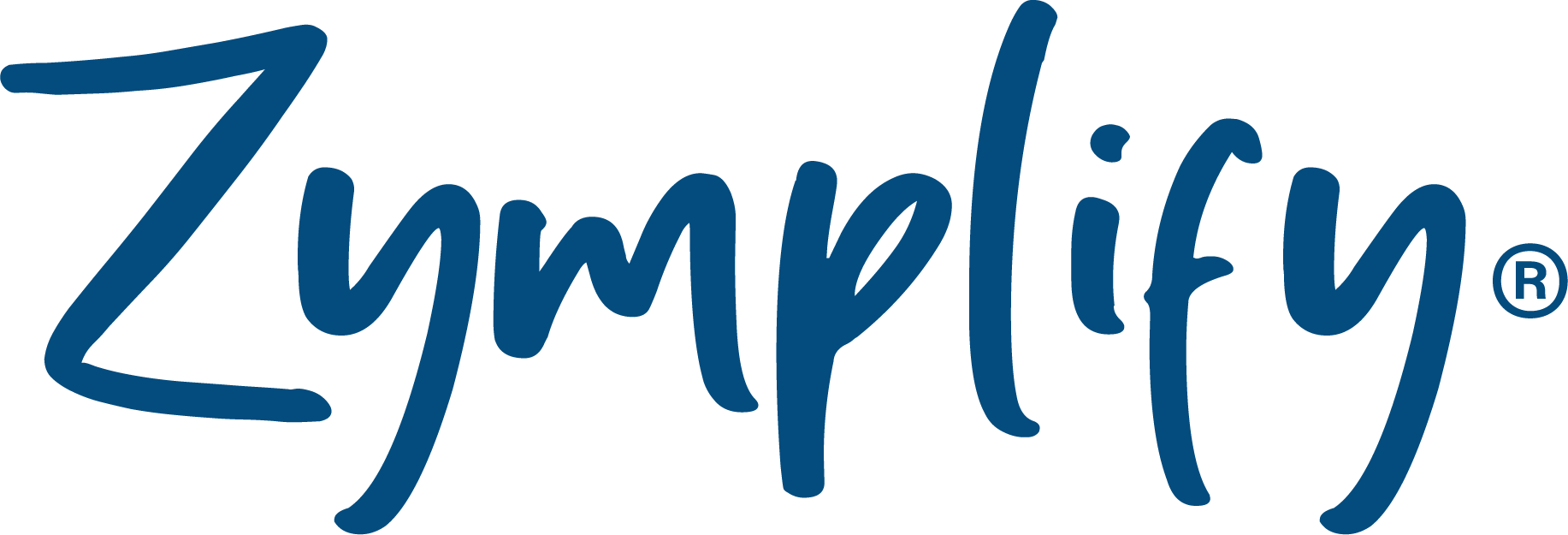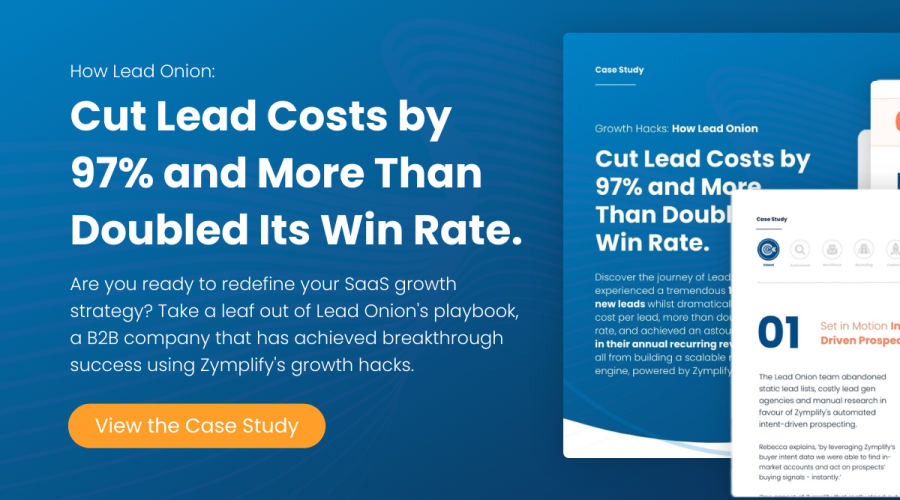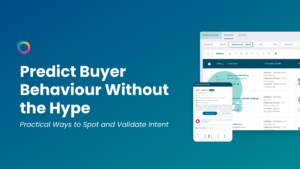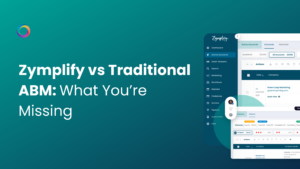Introduction
Fancy a sneak peek into a real-life success story in the wild world of SaaS? Well, fasten your seatbelts and get ready for a journey of growth and success!
We’re about to delve into the success story of Lead Onion, our small yet mighty sister company that faced SaaS challenges head-on and had a whopping transformation – yes, you heard it right: they cut their lead costs by 97%, doubled their win rate, and saw a 162% surge in new leads.

Okay, you’ve probably got loads of questions now, like, ‘How on earth did they manage that?’ Well, they started their journey in 2020 and, in just two years, they were already making a decent £250,000 in annual recurring revenue. But over at HQ they weren’t about to settle for ‘decent’, they aimed higher, much higher – £1 million by 2023. To reach their ambitious goal, the Lead Onion team had to rethink their approach.
Zymplify: The Catalyst for Change
This is where Zymplify comes in. Lead Onion realised they needed a fresh approach to bring down their cost-per-lead and speed up the sales cycle. Enter Zymplify’s revenue growth engine which they proceeded to use like a well-oiled machine. And boy, did it deliver!
With an adventure in growth hacking about to begin, Lead Onion said goodbye to old, less effective lead generation methods and hello to Intent Driven Prospecting. It’s like their very own secret weapon, enabling them to gather 600 high-quality leads every single day.
Streamlining the Process: ‘Always On’ Automation
With their lead numbers hitting an all-time high, Lead Onion then switched to turbo mode using Zymplify’s workflows. The result? A stunning 99.98% drop in their cost-per-lead! They also adopted a new lead nurturing approach focused on buying signals, completely transforming their engagement with prospects.

Amplifying Outreach with Sales Cadences
Sales Cadences was another clever trick they used for perfecting their sales outreach. Emails, phone calls and LinkedIn messages were now all trackable and manageable under one friendly dashboard. All this and more significantly improved efficiency, cutting their sales cycle from a sluggish 40 days to a lean, mean 20 days.
Predict, Grow and Retain: Customer Success Tools
But the story doesn’t end there. Lead Onion also used Zymplify’s customer success tools, giving them the power to predict customer behaviour and drive growth across all segments. No more reacting to situations, only proactive and strategic actions, which helped their sales and marketing campaigns become more effective.
Lastly, they used Zymplify’s Data Tools to keep their data fresh and relevant. After all, what’s the point of having all these leads if your data is out-of-date, right?
Conclusion
So, there you have it, the awe-inspiring journey of Lead Onion, from a small start-up to a SaaS tour-de-force. They managed to devise a winning formula for success, and the main ingredient was Zymplify’s platform. And the best part is, this is not just their story. It could be yours too. So, why wait? Hop on board and let Zymplify take your business to new heights. Your success story is waiting to be written!





